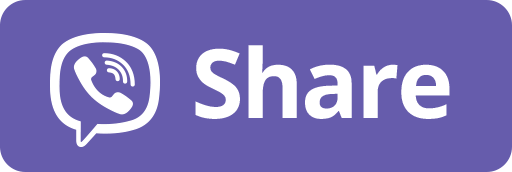“By thoughtfully designing workflows that integrate gen AI, businesses can unlock its benefits without compromising workers’ motivation and engagement,” the researchers write. “After all, the future of work isn’t just about what AI can do—it’s about what humans and AI can achieve together.”

AI tạo sinh giúp tăng hiệu suất làm việc nhưng cũng khiến nhân viên mất động lực và cảm thấy nhàm chán
-
Một nghiên cứu mới đăng trên Scientific Reports chỉ ra rằng khi nhân viên sử dụng AI tạo sinh để hoàn thành công việc, động lực làm việc thủ công giảm 11% và cảm giác nhàm chán tăng 20%.
-
Nghiên cứu được thực hiện qua 4 thí nghiệm, với 3.500 người tham gia thực hiện các nhiệm vụ thực tế như: viết bài đăng Facebook, soạn email và đánh giá hiệu suất nhân viên.
-
Một nhóm được hỗ trợ ChatGPT cho nhiệm vụ đầu tiên, rồi làm tiếp nhiệm vụ thứ hai mà không dùng AI. Nhóm còn lại làm cả hai nhiệm vụ hoàn toàn thủ công.
-
Kết quả cho thấy: người đã dùng AI ban đầu mất kết nối với nhiệm vụ tiếp theo, cảm thấy ít hứng thú và thiếu sự kiểm soát cá nhân với kết quả công việc.
-
Đặc biệt với nhiệm vụ như viết đánh giá hiệu suất, AI làm giảm sự tham gia tư duy phản biện và cá nhân hóa – khiến người lao động cảm thấy xa rời vai trò của mình.
-
Dù AI giúp tăng năng suất, nghiên cứu này là cảnh báo về hệ lụy tâm lý: doanh nghiệp không thể chỉ quan tâm đến hiệu quả mà bỏ qua cảm xúc và sự gắn bó của nhân viên.
-
Nhóm tác giả – gồm Yukun Liu, Suqing Wu, Mengqi Ruan, Siyu Chen và Xiao-Yun Xie – đưa ra 5 giải pháp thực tiễn cho nhà quản lý:
-
Kết hợp AI và con người: để AI phác thảo, nhân viên hoàn thiện (ví dụ: đánh giá nhân viên).
-
Thiết kế nhiệm vụ không dùng AI một cách hấp dẫn: như brainstorming sáng tạo.
-
Minh bạch về vai trò của AI: làm rõ AI là “trợ lý”, không phải “người thay thế”.
-
Luân phiên giữa công việc có và không dùng AI: giữ sự đa dạng và cân bằng.
-
Đào tạo kỹ năng sử dụng AI có ý thức: tránh lệ thuộc, duy trì sự làm chủ công việc.
-
-
Mục tiêu là xây dựng quy trình hợp lý để con người và AI cộng tác chứ không cạnh tranh, đảm bảo cả năng suất và sự hứng thú nghề nghiệp của nhân viên.
📌 Nghiên cứu mới cho thấy AI giúp làm việc nhanh hơn nhưng làm giảm 11% động lực nội tại và tăng 20% cảm giác nhàm chán. Để tận dụng hiệu quả AI mà vẫn duy trì sự gắn kết của nhân viên, doanh nghiệp nên thiết kế quy trình linh hoạt, kết hợp AI và con người, và đầu tư vào đào tạo nhận thức công nghệ – vì tương lai công việc là sự hợp tác giữa AI và con người, không phải thay thế.
https://fortune.com/2025/06/03/ai-boost-worker-productivity-hurts-motivation-boredom/
AI can immediately boost worker productivity—but it comes at the cost of motivation and makes employees bored with their jobs
“By thoughtfully designing workflows that integrate gen AI, businesses can unlock its benefits without compromising workers’ motivation and engagement,” the researchers write. “After all, the future of work isn’t just about what AI can do—it’s about what humans and AI can achieve together.”
Thảo luận
Follow Us
Tin phổ biến



